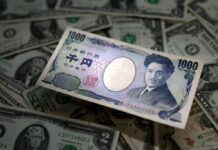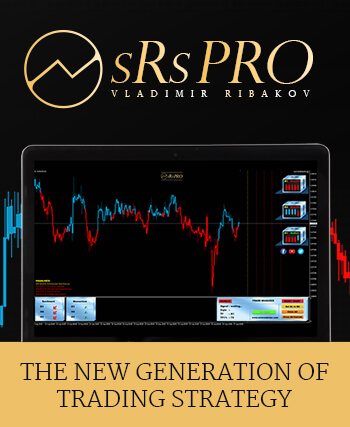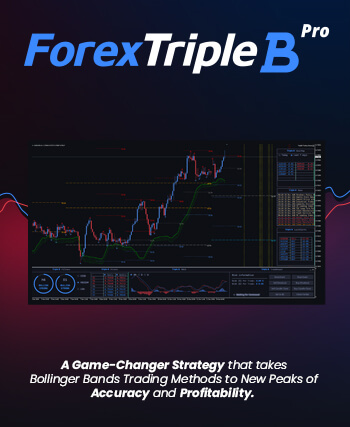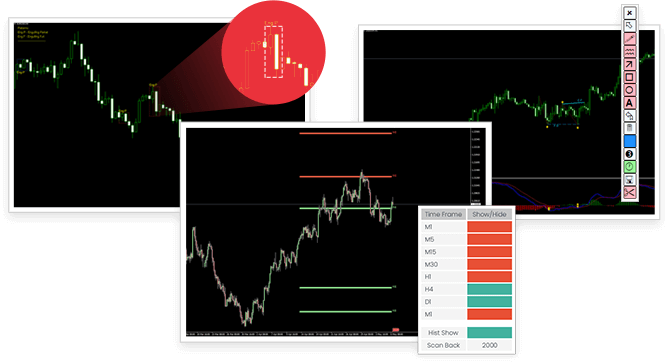
The inflation outlook among U.S. consumers dipped sharply in April, potentially complicating the job of Federal Reserve policymakers who hope the pace of price increases will soon rise toward their target level.
Survey data released by the New York Federal Reserve on Monday showed consumer expectations of the inflation rate over the next year fell to 2.6% from 2.82% in the March survey. The nearly quarter point drop was the third-largest since the survey was launched in mid-2013.
The outlook for inflation over the next three years also declined, to 2.69% from 2.86%, evidence that medium-term expectations have also weakened in recent weeks.
The survey results come as Fed officials are already coping with an economic outlook made more complex by an intensifying trade war that is roiling global markets and pushing traders to raise expectations for a Fed rate cut.
At the same time, the economy remains strong, a fact that seems to have registered among consumers as well. The outlook for expected growth in both household earnings and spending both improved over the March survey, while respondents saw less likelihood that the unemployment rate would rise over the next year.
The conflicting trends, of low unemployment and continued growth failing to generate expected levels of inflation, have anchored Fed officials in a wait-and-see posture, likely leaving interest rates on hold until some sort of shock to the economy changes its direction.
Though Fed officials have largely looked past the global trade frictions of the past year, the recent round of tariffs and retaliation between the United States and China has begun to raise those sorts of risks.
The Fed’s preferred measure of inflation, different from that captured in the New York Fed survey, is currently running at around 1.6%, well short of the central bank’s 2% target.
Following the Fed’s most recent meeting, Chairman Jerome Powell and others said they felt those weak readings were driven by “transitory” factors that would disappear over time and allow overall inflation to rise.
But a drop in inflation expectations is another matter, and could be evidence that households and businesses were losing faith in the Fed’s commitment to its inflation goals – a worrying development for central bankers who feel their ability to keep expectations set around their inflation target is critical to meeting the goal.
Since late April, as the trade tensions mounted, the St. Louis Federal Reserve’s measure of the inflation rate expected five years from now dipped to 1.9% from 2.1%, a sign traders also see weaker inflation.
As of the Fed’s last policy statement on May 1, officials said they felt expectations nevertheless remained stable.






















Thank you Vlad and team, just joined the club and finding it really useful
Thanks Vlad informative post